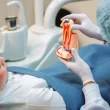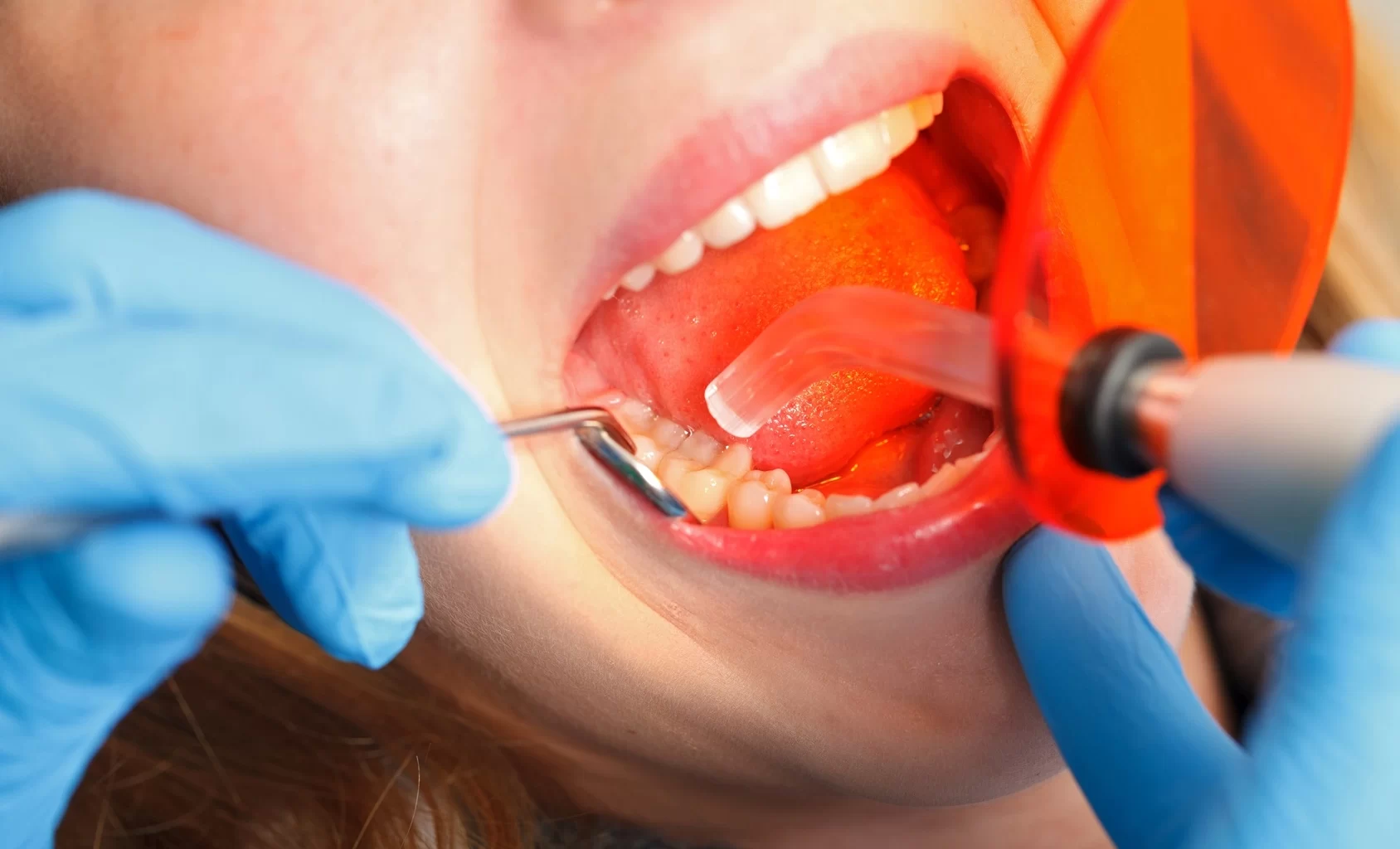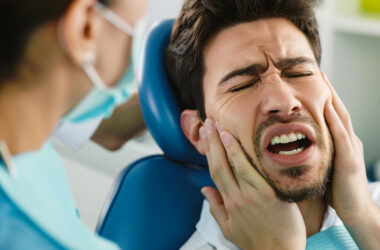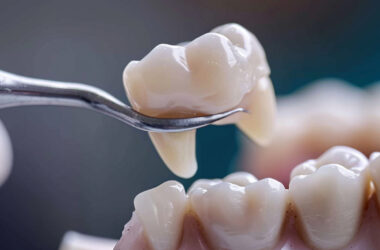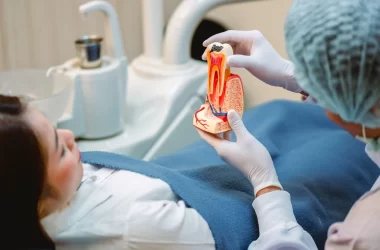Are you asking the question, “How long does numbness last after dental filling?” ahead of your visit to the dentist? Or have you already had a filling done and are wondering how long the whole process will take?
First, you’re not alone in either situation. Many other readers like you are worried about the full implications of fixing their dental health. Others have just left the dentist’s place and are probably frustrated as their lips, tongue, or cheeks remain numb hours after the ordeal.
Here’s an insight into the typical duration of numbness after a dental filling and how to handle the situation.
How Do Dentists Anesthetize Your Mouth Before a Dental Procedure?

Dentists use local anesthetics to help you stay comfortable during your filling. Your health provider might use various forms of anesthetics when conducting dental fillings for you, including lidocaine, articaine, and bupivacaine.
Lidocaine is the most common alternative. It prevents the nerves in your mouth from sending pain signals to your brain and usually lasts for 60 to 120 minutes in effect. Bupivacaine has the same function as lidocaine but lasts longer. Lastly, Articaine provides deep numbness quickly but wears off quickly.
The type of anesthetic your dentist chooses will answer the inquiry, “How long does numbness last after dental filling?” Your dentist will choose the best option based on your needs and the duration of the procedure in question.
Read also: 5 Cheap, Best Alternatives to Dental Implants
How Long Does Numbness Last After Dental Filling?
Two main factors can easily answer the question, “How long does numbness last after dental filling?” First, the type of anesthetic used and its chemical composition determine how long its impact can last. Also, your body’s biochemical reaction to the anesthetic will impact the duration of discomfort following the dental procedure.
On average, patients feel numb for 1 to 3 hours after a dental filling. However, it can last a little longer in some cases. If your provider uses a stronger anesthetic like bupivacaine, you may stay numb for up to 8 hours.
Generally, lidocaine causes mild numbing that lasts for 1 to 2 hours. With Articaine, numbing is moderate and can last between 2 to 4 hours. If you had bupivacaine used on you, expect the numbing to last for 4 to 8 hours.
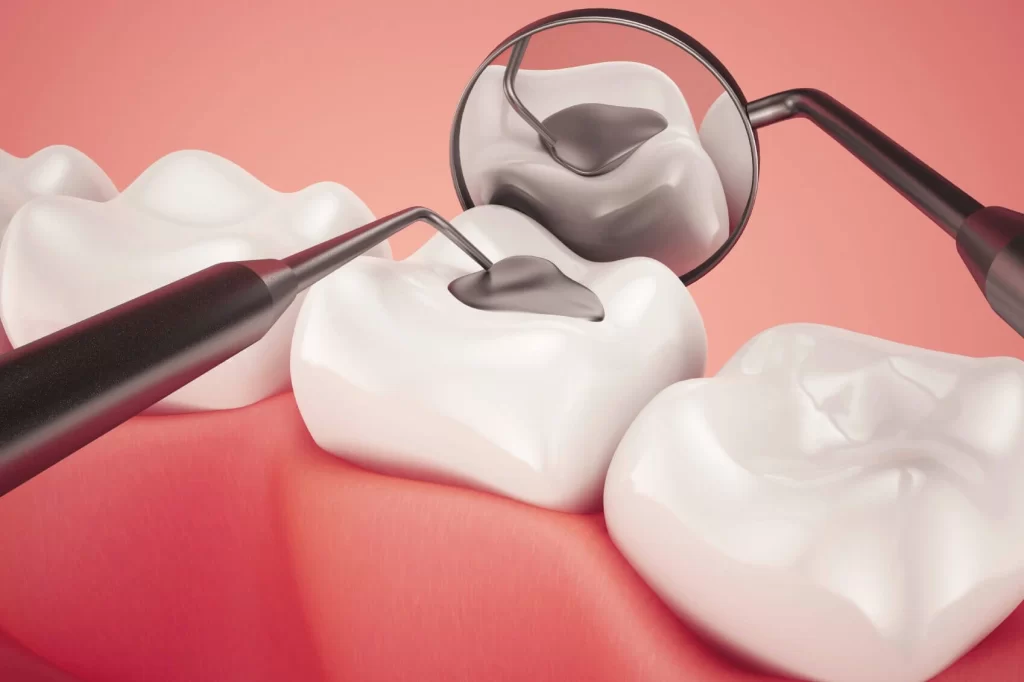
Besides the basics, other factors could determine how long numbness lasts after a dental filling. Here they are in detail.
- If the anesthetic was injected near a dense nerve cluster, numbness could last for a longer time than usual. Nerves in different regions of the mouth react differently to anesthetics.
- Your body’s metabolism could also impact the duration of the numbness. People with swifter body metabolisms will notice the numbness fading sooner.
- Lastly, a higher dose of anesthetic will take longer to wear off. Your dentist might use more if you’re undergoing a complex procedure or you’re especially anxious.
How Long Does Numbness Last After Filling a Cavity?
Most cavity fillings require a standard local anesthetic that numbs you for about 2 to 4 hours. Usually, the numbness fades in phases, from your lips to your tongue and cheeks.
However, if the procedure involves a deeper filling or more anesthesia than usual, the numbness might last longer. For patients who experienced multiple fillings in one visit, the effect could last 5 or 6 hours.
Read also: Why No Dairy After Dental Implant?
What to Expect After Your Dental Filling
Patients might notice a few lingering effects after the numbness wears off. For instance:
- The jaw might feel a bit sore from keeping your mouth open during the procedure.
- Bites might still feel slightly off since the mouth has been numb. But there’s nothing to worry about, as this usually adjusts on its own.
- The patient may feel sensitive to hot or cold foods for a few days.
How to Eliminate Numbing After a Dental Filling?

Often, the anesthesia your dentist uses will numb your tooth for 1 to 2 hours. Afterward, the next 3 to 5 hours may leave your face, lips, tongue, or cheeks numb, which can be frustrating when you attempt to resume natural activities after the appointment.
Usually, patience is the most effortless way to address the numbness, as it would naturally wear off in time. However, some DIY remedies can help fast-track the process.
Massage your skin
If there’s no swelling around the affected region, apply a warm compress to help increase blood flow there. Also, try massaging your lips to warm them and stimulate blood flow. Avoid touching the affected area directly, and always wash your hands before and after massaging your lips, mouth, and face.
Avoid meals and hot drinks.
Stay away from food until the numbness is gone to avoid biting your cheek or tongue. Also, it helps to skip hot drinks like tea or coffee for a while, as your skin won’t feel the high temperatures for a while during numbing. That said, staying hydrated can help flush the anesthetic out of your system.
Take a nap
While taking a nap might not involve “doing anything” in principle, falling asleep can help you get your mind off the thoughts that parts of your mouth and face are unresponsive. It can be a good time to sit back, relax, and allow the numbing sensation to pass until the sensation peacefully wears off.
Request for another injection
Some dental procedures involve the use of medicines that can reverse the effects of general anesthesia. While this could mean getting another injection, a second reversal injection can help to make numbness dissipate twice as fast as sleeping it out or waiting for the natural line of events. A reversal injection usually costs between $25 and $75 and can be a “lifesaver” if you want a quick fix.
Wait it out
Since different dental procedures and situations require different amounts of anesthesia, there’s usually no generic answer to the question, “How long does numbness last after dental filling?” Other sublime factors that may impact the duration include your height, weight, and body metabolism to the anesthesia.
The region in the mouth that requires work could also influence how long numbness will last after a dental filling. The bottom jaw, for instance, has a large nerve block that controls sensations in more facial regions.
Regardless of the underlying factors, it helps to exercise patience and allow the anesthesia to wear off before resuming everyday routines, such as work presentations, family dates, or a big meal. If you must “do something,” go for a light activity like a walk, which can help your body process the anesthetic faster.
Make a follow-up appointment with your dentist.
The use of regular anesthesia after a dental filling can cause lip numbness for a couple of hours. However, prolonged numbness could denote a complication.
A follow-up appointment with your oral healthcare provider may be required, as lingering numbness after an oral procedure can indicate an abscess or oral nerve damage. For instance, if you’re experiencing persistent numbness following a dental filling for as long as eight hours or more, contact your dentist.
Read also: How Long Does a Dental Cleaning Take?
Conclusion
Knowing what to expect following a dental filling and how to eliminate numbing after the procedure can help you feel more confident visiting or leaving the dentist’s office.
Feelings of numbness after a dental filling are normal. But they shouldn’t last all day. Most patients feel normal again in the face or mouth within a few hours. However, contact the dentist if the numbness lasts longer or feels out of the ordinary.


